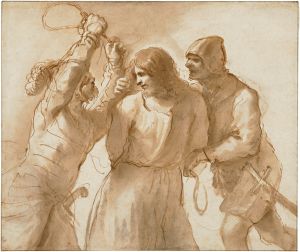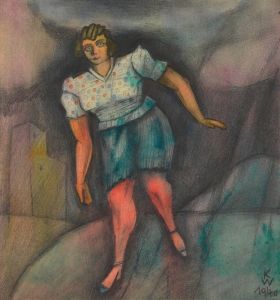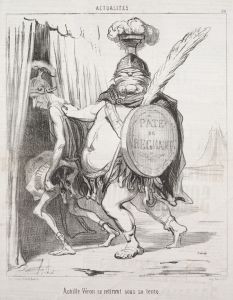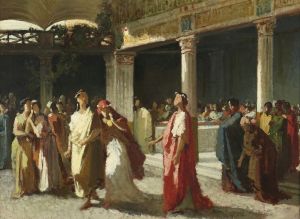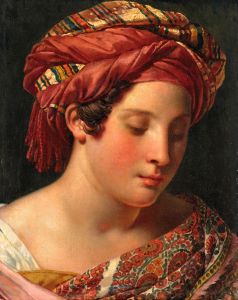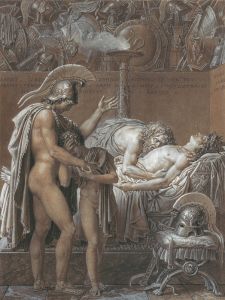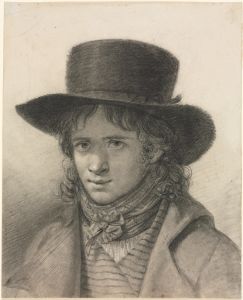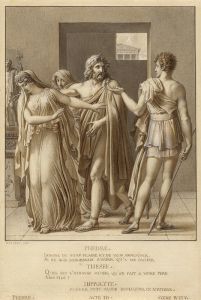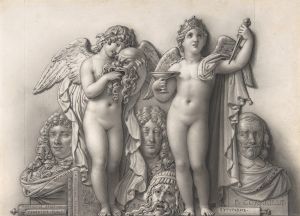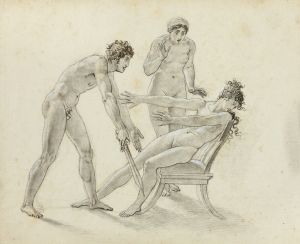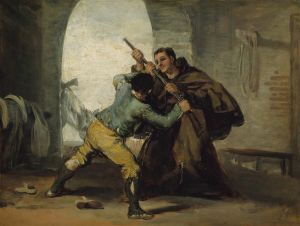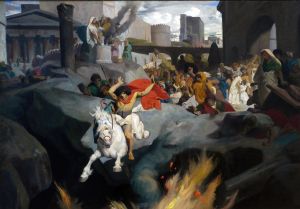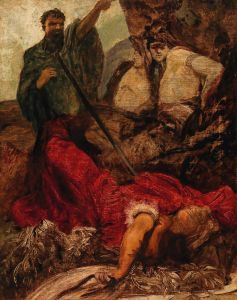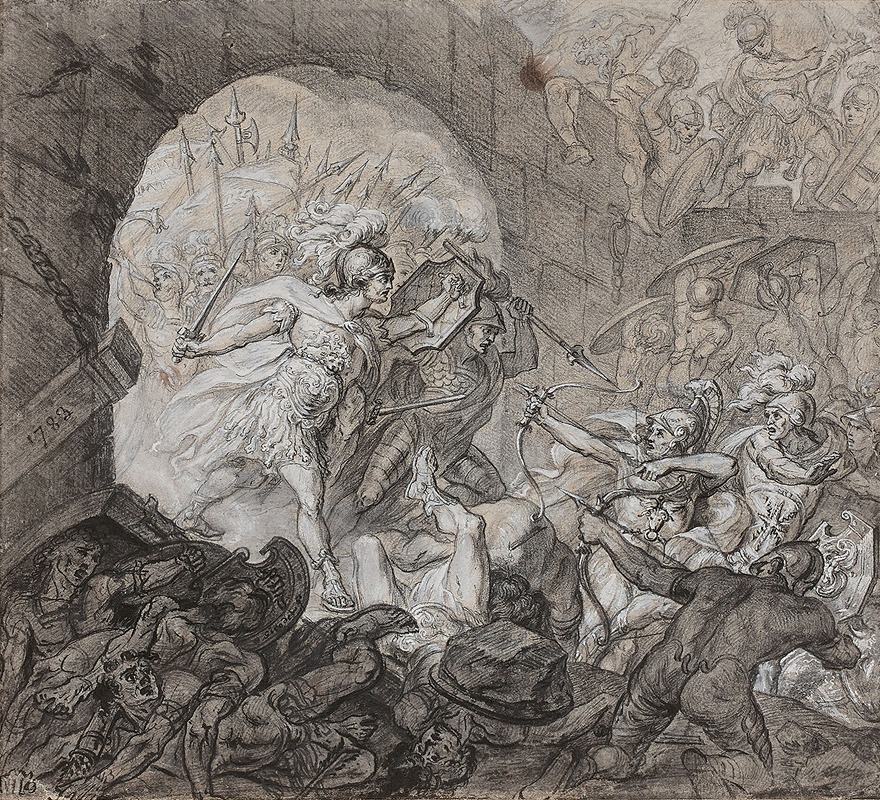
Le camp des Grecs forcé par les Troyens
A hand-painted replica of Anne Louis Girodet-Trioson’s masterpiece Le camp des Grecs forcé par les Troyens, meticulously crafted by professional artists to capture the true essence of the original. Each piece is created with museum-quality canvas and rare mineral pigments, carefully painted by experienced artists with delicate brushstrokes and rich, layered colors to perfectly recreate the texture of the original artwork. Unlike machine-printed reproductions, this hand-painted version brings the painting to life, infused with the artist’s emotions and skill in every stroke. Whether for personal collection or home decoration, it instantly elevates the artistic atmosphere of any space.
"Le camp des Grecs forcé par les Troyens" (The Greek Camp Forced by the Trojans) is a painting by the French artist Anne Louis Girodet-Trioson, created in 1824. Girodet-Trioson was a prominent painter of the Neoclassical period, known for his dramatic compositions and meticulous attention to detail. This particular work is a significant example of his mature style and his ability to convey intense emotion and dynamic action.
The painting depicts a scene from the Trojan War, a legendary conflict between the city of Troy and the Greek states, as described in ancient Greek literature, most notably in Homer's epic poems, the "Iliad" and the "Odyssey." In this scene, the Greek camp is under attack by the Trojans, capturing a moment of chaos and desperation among the Greek warriors.
Girodet-Trioson’s composition is marked by its dramatic use of light and shadow, which heightens the sense of urgency and turmoil. The central figures are illuminated by a stark light, drawing the viewer's attention to their expressions of fear and determination. The artist's skillful use of chiaroscuro (the contrast between light and dark) adds depth and intensity to the scene.
The painting is also notable for its detailed rendering of the human form. Girodet-Trioson was known for his anatomical precision, and this is evident in the muscular bodies of the warriors, which are depicted with a high degree of realism. The figures are arranged in a dynamic composition, with diagonal lines leading the eye through the chaos of the battle.
"Le camp des Grecs forcé par les Troyens" reflects the influence of Girodet-Trioson's teacher, Jacques-Louis David, who was a leading figure in the Neoclassical movement. Like David, Girodet-Trioson was interested in themes from classical antiquity and sought to convey moral and heroic ideals through his art. However, Girodet-Trioson also brought his own sensibility to these themes, often infusing his works with a romantic intensity and a focus on individual emotion.
The painting was exhibited at the Salon of 1824, where it received considerable attention. It is now part of the collection of the Louvre Museum in Paris, where it continues to be admired for its technical mastery and emotional power.
In summary, "Le camp des Grecs forcé par les Troyens" is a masterful work by Anne Louis Girodet-Trioson that captures a dramatic moment from the Trojan War with great skill and emotional depth. The painting is a testament to Girodet-Trioson's talent and his ability to bring historical and mythological subjects to life.





